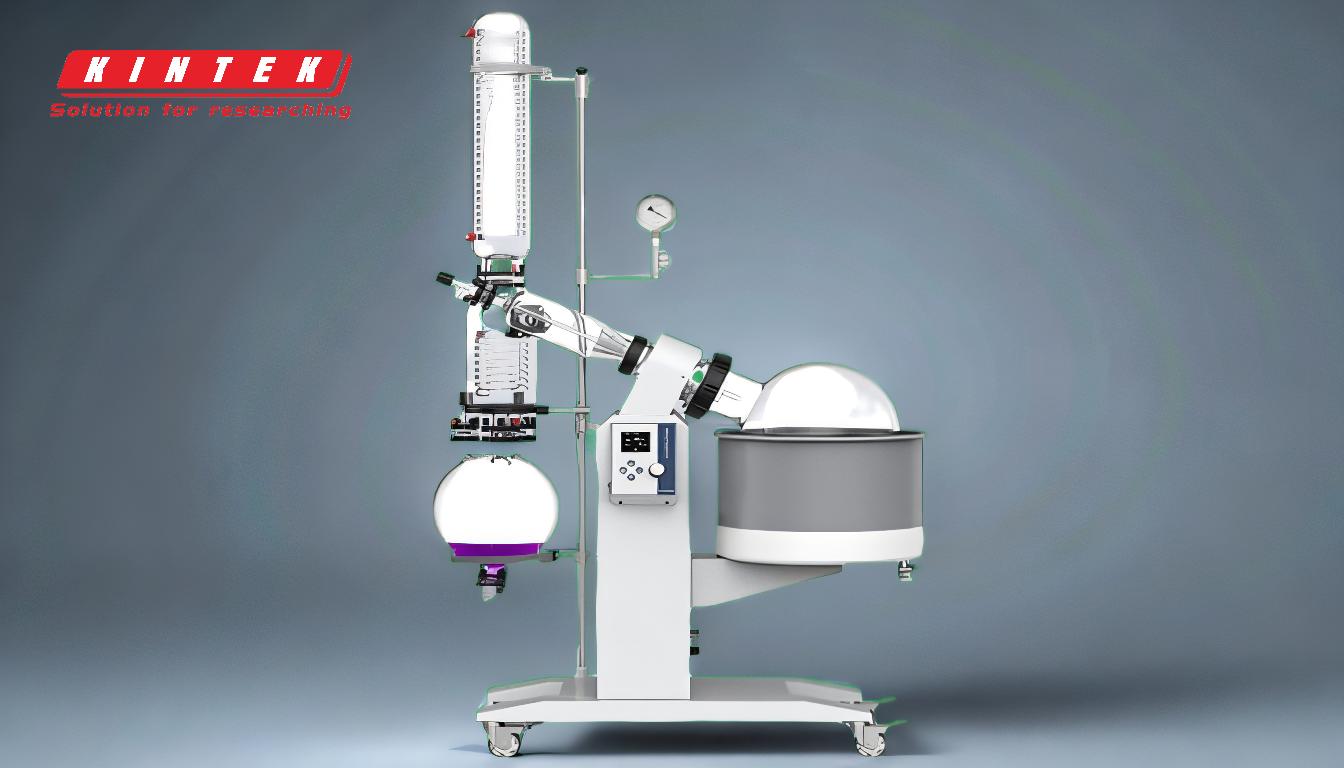Vacuum distillation, while offering significant advantages such as reduced product degradation, increased yield, and lower capital costs, also comes with several disadvantages. These include high operational and equipment costs due to the complexity and precision required in maintaining a high vacuum. Additionally, there are risks of product loss, degradation of sensitive compounds, and challenges in maintaining system integrity, such as preventing vacuum leaks. The process can also lead to the loss of natural forms of compounds, making it less suitable for certain applications where preserving the original structure is crucial.
Key Points Explained:

-
High Operational and Equipment Costs:
- Complexity and Precision: Vacuum distillation systems are more complex than traditional distillation setups. They require advanced technology to maintain a high vacuum, which increases both the initial investment and ongoing maintenance costs.
- Sealing Requirements: High sealing performance is necessary to maintain the vacuum, which can be costly and requires regular maintenance to prevent leaks.
-
Risk of Product Loss:
- Loss of Extracted Gas Solvents: In short-path distillation, the short distance between the evaporation flask and condenser can lead to the loss of extracted gas solvents. These solvents may remain in the system, reducing the overall yield and efficiency of the process.
-
Degradation of Sensitive Compounds:
- Exposure to Oxygen: Ground glass joints in short-path systems are prone to vacuum leaks, which can expose sensitive compounds to oxygen. This exposure can degrade compounds like THC and CBD, primarily converting them to CBN, which may not be desirable.
- Heat Sensitivity: Although vacuum distillation reduces the need for high temperatures, some sensitive compounds may still degrade if not carefully controlled, affecting the quality and integrity of the final product.
-
Loss of Natural Forms of Compounds:
- Natural Triglyceride Form: In molecular distillation, the natural triglyceride form of the starting material is lost during the process. This can be a significant disadvantage for applications where preserving the natural form is essential, such as in the production of certain pharmaceuticals or nutraceuticals.
-
Maintenance and Operational Challenges:
- Vacuum Leaks: Maintaining a high vacuum is challenging and requires constant vigilance to prevent leaks. Any breach in the system can compromise the distillation process, leading to product loss or degradation.
- Equipment Complexity: The equipment used in vacuum distillation is more complex and difficult to process, requiring skilled personnel for operation and maintenance, which adds to the overall cost and complexity.
-
Limited Applicability for Certain Compounds:
- Suitability Issues: While vacuum distillation is effective for many compounds, it may not be suitable for all, especially those that are extremely heat-sensitive or require the preservation of their natural form. This limits its applicability in certain industries and applications.
In summary, while vacuum distillation offers numerous benefits, its disadvantages, including high costs, risk of product loss, degradation of sensitive compounds, and challenges in maintaining system integrity, must be carefully considered. These factors can significantly impact the overall efficiency, cost-effectiveness, and suitability of the process for specific applications.
Summary Table:
| Disadvantage | Key Details |
|---|---|
| High Operational and Equipment Costs | Complex systems, high sealing requirements, and ongoing maintenance increase costs. |
| Risk of Product Loss | Loss of extracted gas solvents reduces yield and efficiency. |
| Degradation of Sensitive Compounds | Exposure to oxygen and heat sensitivity can degrade compounds like THC and CBD. |
| Loss of Natural Forms of Compounds | Natural triglyceride forms are lost, limiting suitability for certain applications. |
| Maintenance and Operational Challenges | Vacuum leaks and equipment complexity require skilled personnel and vigilance. |
| Limited Applicability | Not suitable for extremely heat-sensitive compounds or those requiring natural forms. |
Need help navigating the challenges of vacuum distillation? Contact our experts today for tailored solutions!












